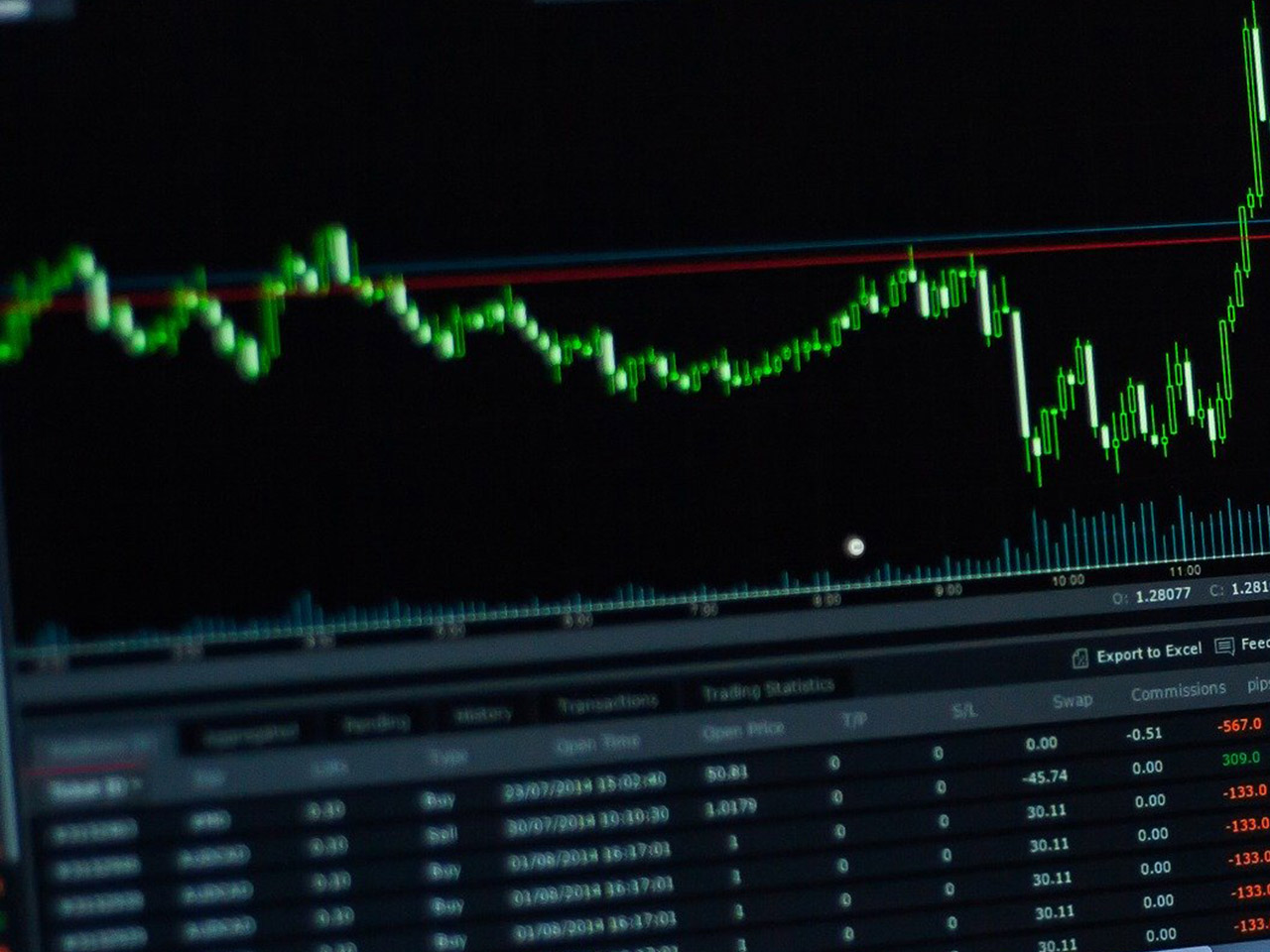J Sainsbury plc, trading under the symbol SBRY.L, stands as one of the United Kingdom’s stalwarts in the consumer defensive sector. With a rich history dating back to 1869, the company has grown into a multi-faceted enterprise, engaging in food, general merchandise and clothing retailing, along with financial services. Its diversified portfolio includes well-known brands such as Argos, Habitat, and Sainsbury’s Bank, among others.
Currently, Sainsbury’s stock is priced at 278.6 GBp, reflecting a modest price change of 4.40 GBp (0.02%) on the day. The stock’s 52-week range of 228.80 to 299.80 GBp indicates a relatively steady performance amidst the challenging retail landscape.
From a valuation standpoint, the metrics are intriguing yet somewhat opaque. The absence of a trailing P/E ratio and other common valuation metrics like PEG, Price/Book, and Price/Sales makes it difficult to gauge the stock’s intrinsic value through traditional lenses. However, the forward P/E ratio stands out at an eye-watering 1,109.92, suggesting that analysts are factoring in significant future earnings growth or possibly reflecting a one-off anomaly or accounting adjustment.
Sainsbury’s revenue growth of 1.20% may appear modest, but it aligns with the stable nature of the grocery sector, where steady income often trumps rapid expansion. The company’s EPS of 0.18 and a return on equity of 6.21% provide insights into its profitability and efficiency. Moreover, a robust free cash flow of £578.6 million underscores its ability to fund operations, pay dividends, and reinvest in its business.
For income-focused investors, Sainsbury’s offers an attractive dividend yield of 4.88%, supported by a payout ratio of 74.01%. This indicates a commitment to returning value to shareholders, though the high payout ratio warrants attention to ensure sustainability, especially if future earnings do not meet expectations.
The analyst community presents a mixed outlook with 6 buy ratings, 4 hold ratings, and 2 sell ratings. The target price range between 235.00 and 330.00 GBp, with an average target of 296.58 GBp, suggests a potential upside of 6.45% from its current price. Such diversity in analyst opinions reflects differing views on the company’s ability to navigate the current economic climate, characterised by inflationary pressures and shifting consumer behaviours.
Technically, Sainsbury’s stock appears to be slightly undervalued, trading below both its 50-day and 200-day moving averages, which are 262.20 GBp and 266.69 GBp, respectively. The Relative Strength Index (RSI) of 35.66 indicates that the stock may be approaching oversold territory, potentially presenting a buying opportunity for value-driven investors.
Investors should remain mindful of the broader challenges facing the grocery sector, including competitive pressures from discount retailers and the rise of online shopping. Nonetheless, Sainsbury’s ability to leverage its strong brand portfolio and extensive retail network could position it well to capture market share and drive future growth.
In navigating the complexities of investing in Sainsbury’s, investors would do well to consider both the promising dividend yield and the potential for capital appreciation, balanced against the inherent risks of the retail sector. The stock’s defensive nature may appeal to those seeking stability and income, while its current technical indicators could attract those looking for strategic entry points.






































